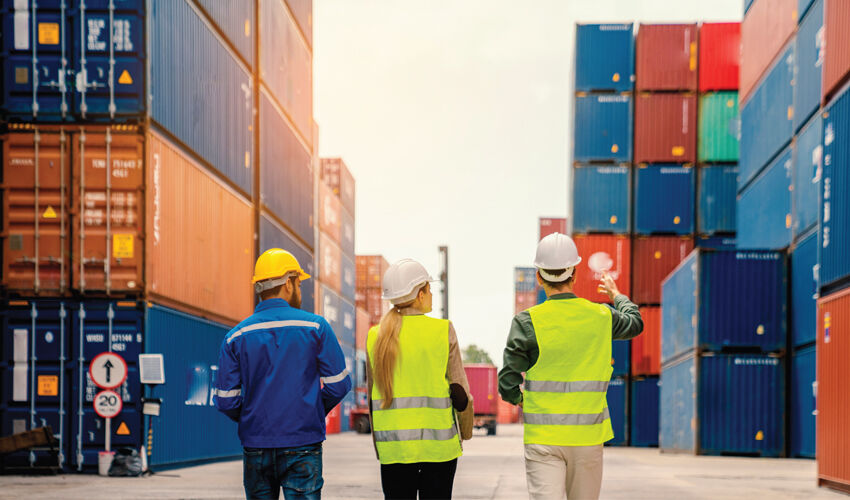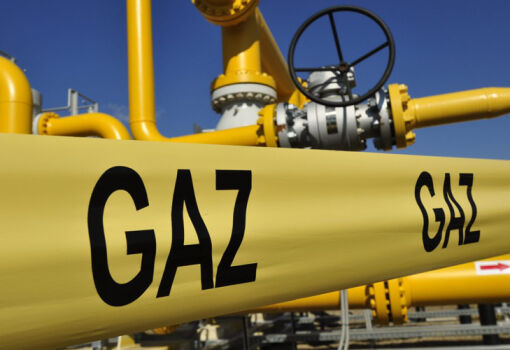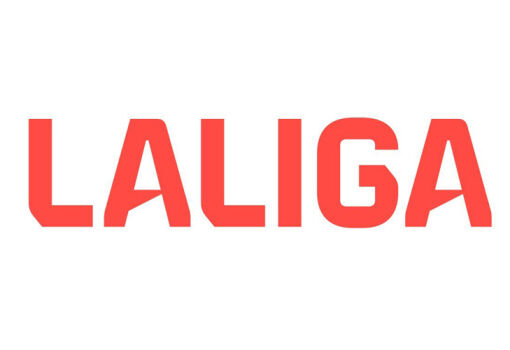
As one of the main problems of the country’s business climate, the State Department named “the lack of effective and fair application of laws and regulations, as well as arbitrary, non-transparent decisions of government officials aimed at giving domestic producers an advantage over foreign competitors in certain areas”. In particular, the issue is the overestimation of the customs value of imported goods. (Customs value is the basis for the calculation of customs payments, including duties and VAT).
It is not by chance that in last year’s World Bank’s ranking of the Cost of Business, this procedure was listed first in the list of problems faced by Moldovan businesses in their relations with the Customs Service.
This confirms the existence and “immortality” of this phenomenon, despite all the appeals and efforts to get rid of it.
On October 17, the Customs Service of the Republic of Moldova presented a report on its activity from September 2024 to October 2025. It states that “value control at customs brought an additional 719.4 million lei to the budget”.
This is quite a big sum, while 43.56 billion lei was collected during the whole period. That is, the additional charges allowed to receive 1.65% more money.
It is clear that in some cases importers deliberately underestimate the value of imported goods, and customs officers simply ensure a fair and competitive business environment. However, as businessmen argue in unison with the U.S. State Department and the World Bank, sometimes arbitrariness takes place. What causes it?
In Moldova, six consecutive methods are used to determine the customs value of imported goods, established by the Customs Code of the Republic of Moldova No. 95/2021 (Chapter III) and methodological norms of the Customs Service.
These methods are established in accordance with the GATT rules, mandatory in all WTO countries.
The methods are applied sequentially: if the first method is not suitable, the second method is used, and so on.
Method by transaction value of imported goods. The main and most preferred method. The customs value is the price actually paid or payable for the goods when they are sold for export to Moldova, taking into account additional costs.
Supporting documents: foreign trade contract, invoice, transportation documents, bank statements confirming payment, export declaration of the sender (in disputable cases).
Method based on the transaction value of identical goods. If the first method is not applicable, the customs value shall be determined on the basis of the transaction value of identical goods sold for export to Moldova and imported at approximately the same time as the goods being valued.
Method based on the transaction value of similar goods. If there are no identical goods, the transaction value of homogeneous goods which have similar characteristics and functions, consist of similar components and can be interchangeable is used.
Subtraction method. The value is determined on the basis of the unit price at which the imported goods, or identical/similar goods, are sold on the territory of Moldova. From this price, certain costs such as commissions, transportation costs, insurance and customs duties are deducted.
Method of addition (estimated value). The customs value is calculated by adding: the cost of materials and production costs; total costs (profit and general expenses); transportation and insurance costs to the border.
Reserve method. If none of the above methods can be applied, the customs value shall be determined on the basis of data available to the customs authorities, with a reasonable degree of flexibility.
There is also a simplified procedure. The CU RM may also allow importers to apply a simplified procedure for determining the customs value of goods, which speeds up the process for businesses.
But in reality, as importers tell us, sometimes the customs officer simply says that he or she goes straight to the sixth method, i.e. determining the value based on his or her own perceptions.
Many importers claim that overpricing at customs “according to the reserve method” is a constant practice. But they do not always want to talk about it openly.
An employee of a large holding company responsible for importing goods said that just the other day they received uniforms for employees from Bangladesh, purchased at $1.5. However, the Customs Service has a very long list of “similar goods,” and it stated that such sets for less than $4.5 were not brought into the country. We had to pay VAT and duty on that amount.
And the most fun was when we received free merch from China – t-shirts, baseball caps, etc. The Chinese indicated symbolic prices of 10 cents in the export declaration (which was submitted to Moldovan customs). But customs officers valued these goods at $10 to $15.
The general director of Supraten JSC Nicolae Tricolicolic and several other companies, which import not only a wide range of goods, but also raw materials for the production of finishing materials, LED-bulbs, etc., have a different point of view. He believes that customs does everything correctly.
“Over the last 10-12 years, we have never had a single invoice raised. There was an attempt in the spring of this year, but I immediately said that if it is even a leu higher – I will unload the goods at the border and we will sue. They don’t touch us because they know that we do everything white. I heard that some people underestimate the cost of imported goods and I think it is wrong. We need to pay taxes, from which the state subsidizes pensions, provides salaries for doctors and teachers.
The Customs Service emphasizes that they have a dispute resolution council, an advisory body, they are open for discussions and, as a rule, they have a constructive approach to solving such issues.









